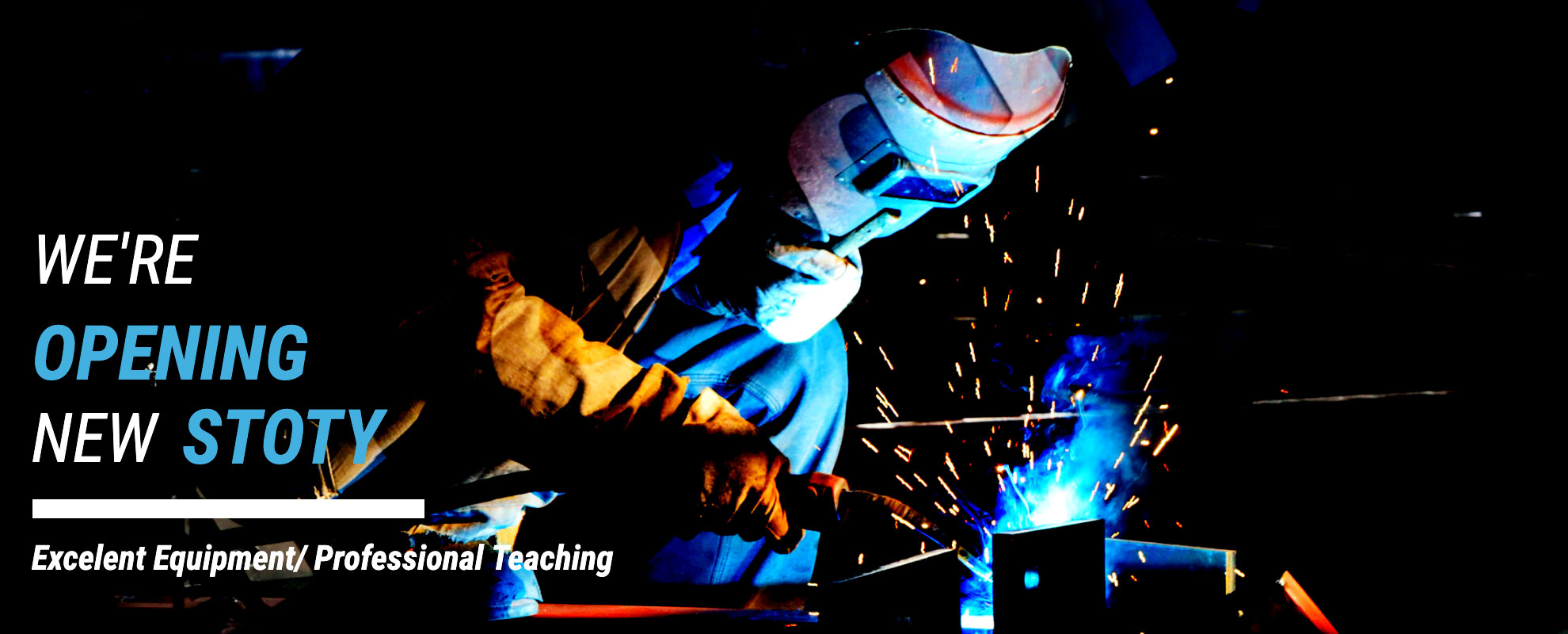In the world of commercial and industrial refrigeration, tube ice machines have become one of the most efficient and versatile ice-making solutions. Their unique design, high production capacity, and clear, hard ice output make them indispensable in sectors ranging from food processing to chemical manufacturing.
This article explores everything you need to know about tube ice machines — how they work, their main features, common applications, maintenance practices, and how modern innovations are shaping the future of ice production.

1. What Is a Tube Ice Machine?
A tube ice machine is an industrial ice-making system designed to produce cylindrical ice with a hollow core — resembling a short tube. This form is achieved by freezing water inside vertical stainless-steel tubes. Once the desired ice thickness is reached, the machine’s hot gas defrost system loosens the ice, which then drops down and is cut into uniform lengths (typically 25–60 mm).
The tube ice is crystal clear, dense, and slow-melting, making it ideal for long-distance transport, beverage chilling, and preservation. Compared to flake or block ice, tube ice has a more attractive appearance and melts more slowly, providing better cooling efficiency.
2. How Tube Ice Machines Work
The operation of a tube ice machine can be divided into four major stages:
Step 1: Water Circulation
Water enters a refrigerated evaporator that contains multiple vertical stainless-steel tubes. A water pump circulates the water from a tank up to a distributor at the top of the evaporator. The water then flows evenly down the inner walls of each tube.
Step 2: Freezing Process
Refrigerant (usually ammonia or R404A) evaporates around the outer surface of these tubes, absorbing heat from the water. Ice gradually forms from the inner surface outward, leaving a small unfrozen core of water at the center. This is what gives tube ice its characteristic hollow structure.
Step 3: Harvesting (Defrost Cycle)
Once the ice reaches a preset thickness (typically 8–12 mm), the system automatically switches to a hot gas defrost mode. Warm refrigerant gas flows around the tubes, loosening the ice cylinders without melting them. The ice drops into the ice cutter below, where it is cut into consistent lengths.
Step 4: Ice Storage and Delivery
After cutting, the tube ice falls into a storage bin or is conveyed directly to a packing or transport system. The process then repeats automatically, ensuring continuous production with minimal labor.

3. Key Features and Advantages of Tube Ice Machines
Modern tube ice machines — such as those designed by Focusun — offer a combination of durability, hygiene, and energy efficiency. Below are the major benefits:
-
Crystal-Clear Ice Quality
The slow and uniform freezing process ensures that impurities are pushed out, producing transparent, food-grade ice with minimal air bubbles. -
High Production Capacity
Tube ice machines are capable of producing anywhere from 1 ton to over 60 tons of ice per day, depending on configuration. This scalability makes them suitable for both small beverage plants and large industrial facilities. -
Compact and Modular Design
The vertical structure of the evaporator saves floor space. Modular systems allow easy expansion and integration into existing cold storage or production lines. -
Durable Stainless-Steel Construction
Evaporator tubes, water tanks, and frames are typically made of SUS304 or SUS316 stainless steel, ensuring corrosion resistance and long service life. -
Energy Efficiency
Optimized heat exchange and advanced refrigeration controls minimize power consumption, especially in systems equipped with PLC automatic control and smart defrost cycles. -
User-Friendly Automation
Modern tube ice machines feature PLC control systems with touch-screen interfaces, automatic start/stop, fault alarms, and real-time monitoring. -
Hygienic Operation
Closed water circulation, food-grade materials, and automatic cleaning functions help ensure that the produced ice is pure and safe for human consumption.

4. Typical Applications of Tube Ice
Because of its uniform shape and slow melting rate, tube ice serves a wide range of industries:
Food & Beverage Industry
Tube ice is the preferred choice for soft drink bottling, breweries, juice factories, and food preservation. It keeps beverages chilled without diluting them too quickly and maintains hygienic standards required in food processing.
Seafood & Meat Processing
In fish and meat industries, tube ice helps maintain the ideal storage temperature during transportation and display. Its smooth surface prevents damage to delicate seafood products.
Chemical & Dye Manufacturing
Tube ice is used for temperature control during chemical reactions, particularly where precise cooling is essential. It helps prevent overheating and maintains product quality.
Concrete Cooling
In hot climates, tube ice is added to concrete mixes to lower the mix temperature, preventing cracks and ensuring structural strength in large-scale construction projects.
Healthcare & Laboratories
Hospitals and laboratories use tube ice for controlled cooling, sample storage, and medical transport applications.
Retail & Hospitality
Bars, restaurants, and supermarkets appreciate tube ice for its clean appearance and slow melt rate — perfect for cocktails, displays, and cooling perishable items.
5. Focusun’s Innovation in Tube Ice Technology
As one of the pioneers in ice-making solutions, Focusun has over 90 years of expertise in refrigeration systems. The company’s tube ice machines integrate advanced German and Japanese technologies to deliver exceptional reliability, efficiency, and hygiene.
Key highlights of Focusun tube ice systems include:
-
Efficient Energy Utilization: Up to 15% energy savings compared with traditional systems.
-
Automatic Operation: Fully automatic start, stop, and ice thickness control.
-
High-Quality Materials: 304/316 stainless steel evaporators, anti-corrosion coating, and food-grade components.
-
Customizable Capacity: Ranging from 1 ton/day up to 80 tons/day for large-scale production.
-
Global Service Network: Focusun provides technical support, spare parts, and installation services across more than 100 countries.
With strong engineering design and strict quality control, Focusun continues to be a trusted partner for industries worldwide.
The next generation of tube ice machines is expected to integrate IoT monitoring, smart energy management, and environmentally friendly refrigerants. These innovations will help reduce energy consumption, lower carbon footprints, and ensure optimal operation through remote diagnostics.
Furthermore, the trend toward fully automated ice plants — combining ice production, storage, and packaging systems — is transforming how industries manage cooling and logistics. Companies like Focusun are leading this transformation by offering turnkey solutions tailored to customer needs.

